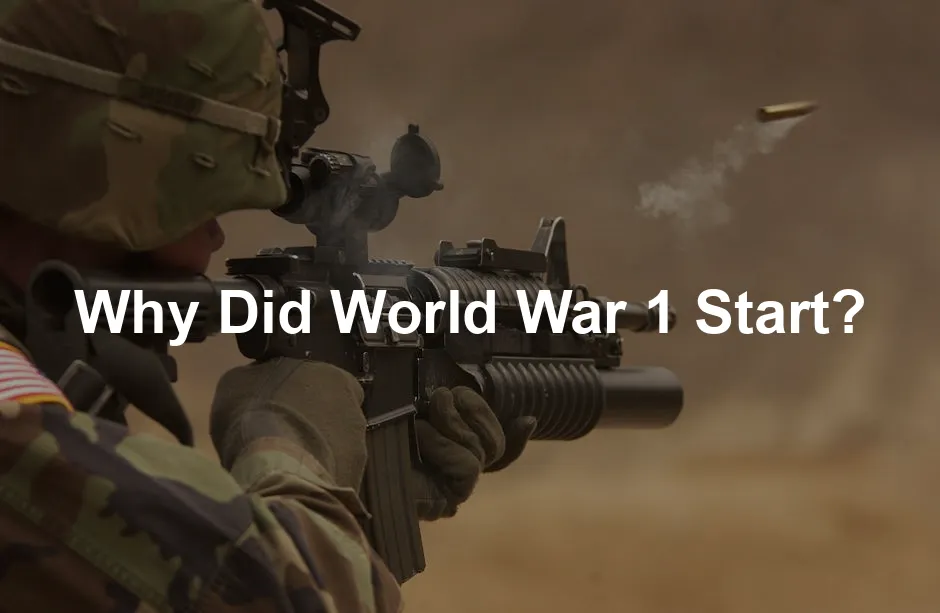
Why Did World War 1 Start?
Introduction
World War I, often called the Great War, was a pivotal event in history. It began in 1914 and lasted until 1918, dramatically reshaping nations and societies. Understanding its causes helps us grasp the complexities of modern conflicts and global relations.
If you’re looking to dive deeper into this topic, consider picking up a copy of Erich Maria Remarque’s “All Quiet on the Western Front”. This book captures the harrowing experiences of soldiers during the war and offers a poignant commentary on the futility of conflict.
Summary and Overview
The lead-up to World War I was filled with political tension and competition. The assassination of Archduke Franz Ferdinand on June 28, 1914, acted as a catalyst for the war. Austria-Hungary declared war on Serbia, initiating a chain reaction. Major powers quickly mobilized, fueled by pre-existing alliances. The Central Powers, led by Germany and Austria-Hungary, faced off against the Allied Powers, including France, Russia, and Great Britain. This war not only changed national borders but also altered global politics and society, setting the stage for future conflicts.
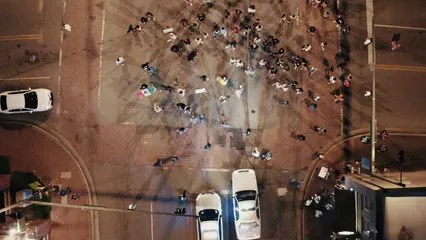
Want to explore the events leading up to the war? Check out “The Guns of August” by Barbara W. Tuchman. This gripping narrative details the first month of the war, examining the decisions and missteps that led to a global conflict.
The Long-Term Causes of World War I
Nationalism
Nationalism is the belief in a shared identity based on culture, language, and history. In Europe, it fueled pride and competition among nations. In the Balkans, nationalist sentiments grew as various ethnic groups sought independence from empires like Austria-Hungary. Tensions escalated with Serbia’s desire to unite Slavic peoples. The assassination of Archduke Franz Ferdinand highlighted these nationalist tensions, setting off a chain of events that led to war.
For those who enjoy digging into historical narratives, “A World Undone: The Story of the Great War, 1914 to 1918” by G.J. Meyer provides a comprehensive look at the war’s intricacies and the factors that led to its outbreak.

Militarism
Militarism played a significant role in the build-up to World War I. European nations engaged in an arms race, drastically increasing their military capabilities. Between 1900 and 1914, military expenditures surged, with Germany’s budget growing from 94 million marks to 378 million marks. Similarly, Britain spent about £50 million annually on naval forces. This military build-up created an atmosphere where war was perceived as inevitable and even desirable. Public sentiment glorified military strength, with many viewing war as an honorable adventure. Such attitudes contributed to a climate ripe for conflict, as nations prepared for the possibility of war rather than seeking diplomatic solutions.
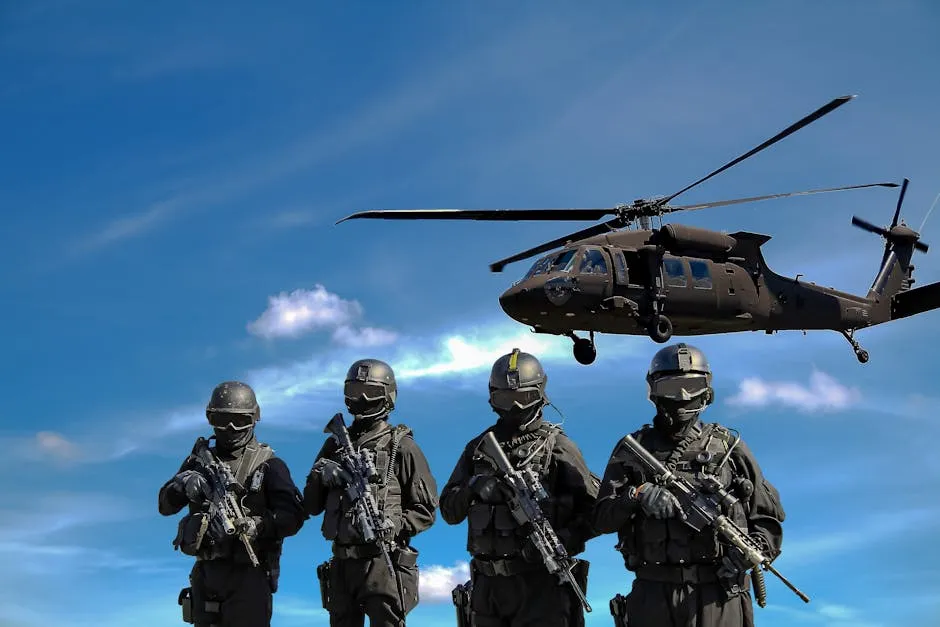
If you’re a fan of strategy games, you might want to check out a World War I Board Game. It’s a fun way to understand the strategic decisions made during the war while battling it out with friends!
Imperialism
Imperialism intensified rivalries among European powers. Countries sought to expand their empires, often clashing over territories. The Scramble for Africa exemplified this, as nations vied for control of colonies. Specific conflicts, like the Moroccan Crises involving Germany and France, escalated tensions. These disputes highlighted the competition for resources and strategic advantages. Colonies played a crucial role in the conflict, providing not only resources but also troops. For instance, Britain and France relied on soldiers from their colonies in Africa and Asia. This global competition for dominance made conflict more likely, as nations felt compelled to protect their imperial interests.
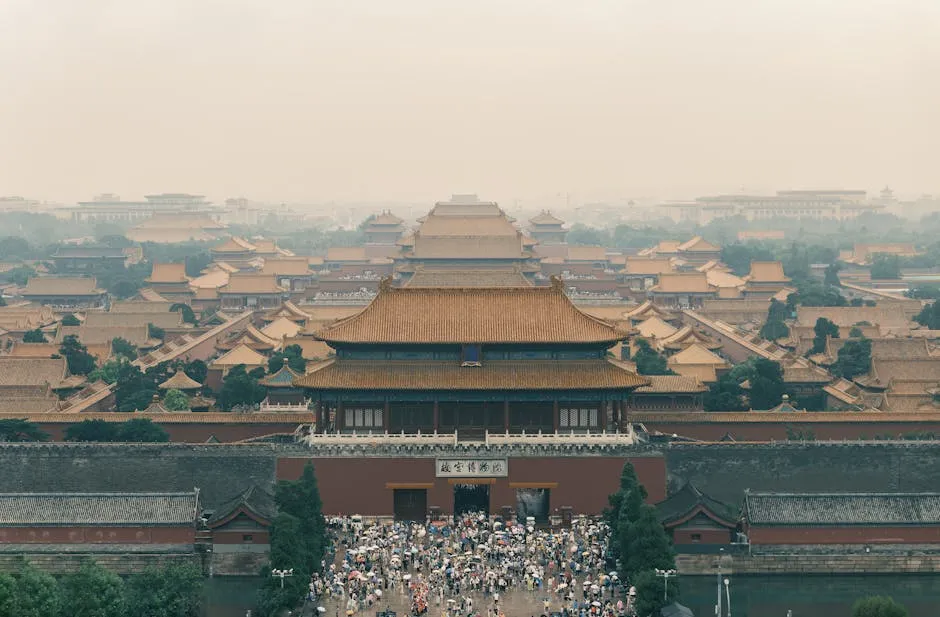
To visualize the imperial ambitions of the time, consider adding Historical World War I Maps to your collection. They provide a great reference for the territorial changes and military strategies during the war.
Alliance Systems
The complex system of alliances set the stage for a large-scale conflict. The major alliances included the Triple Entente, consisting of France, Russia, and Great Britain, and the Triple Alliance, made up of Germany, Austria-Hungary, and Italy. These alliances were intended for mutual defense but created a domino effect when tension arose. For example, when Austria-Hungary declared war on Serbia, Russia mobilized to defend Serbia, prompting Germany to declare war on Russia. Key treaties, such as the Franco-Russian Alliance and the Entente Cordiale, solidified these relationships. This interlinked network of alliances transformed a regional dispute into a full-blown world war, drawing in multiple nations.

If you’re interested in exploring the impact of these alliances further, consider “The First World War: A Complete History” by Martin Gilbert. It provides a detailed account of the war and the alliances that shaped its course.
Immediate Causes of World War I
The Assassination of Archduke Franz Ferdinand
On June 28, 1914, Archduke Franz Ferdinand was assassinated in Sarajevo. This event was pivotal in igniting World War I. The assassin, Gavrilo Princip, was part of a nationalist group known as the Black Hand. Their goal was to promote Serbian nationalism and oppose Austro-Hungarian rule. The assassination triggered a diplomatic crisis. Austria-Hungary saw it as an opportunity to suppress Serbia, leading to a series of ultimatums and escalating tensions across Europe.
To capture the essence of this moment, you might enjoy the historical drama “The Great War: 1914-1918” DVD. It provides a compelling visual narrative of the events leading up to the war.
The July Crisis
Following the assassination, the July Crisis unfolded rapidly. Austria-Hungary issued an ultimatum to Serbia with harsh demands. Serbia’s response was conciliatory but deemed insufficient by Austria-Hungary. This rejection led to Austria-Hungary declaring war on Serbia on July 28, 1914. In the following days, Russia began mobilizing in defense of Serbia. Germany, supporting Austria-Hungary, declared war on Russia, followed by France. The web of alliances quickly drew multiple nations into open conflict.

For a deeper understanding of this critical period, consider reading “The Sleepwalkers: How Europe Went to War in 1914” by Christopher Clark. This book provides a comprehensive analysis of the events and decisions that led to the war.
The Role of Major Powers
The involvement of major powers escalated the war’s scope. Russia mobilized to support Serbia, prompting Germany to declare war on Russia. France, allied with Russia, soon followed. The situation intensified when Germany invaded Belgium to reach France, violating its neutrality. This act prompted Britain to declare war on Germany on August 4, 1914. Each nation’s decisions were influenced by alliances and national interests, shaping the war’s trajectory and leading to a global conflict.
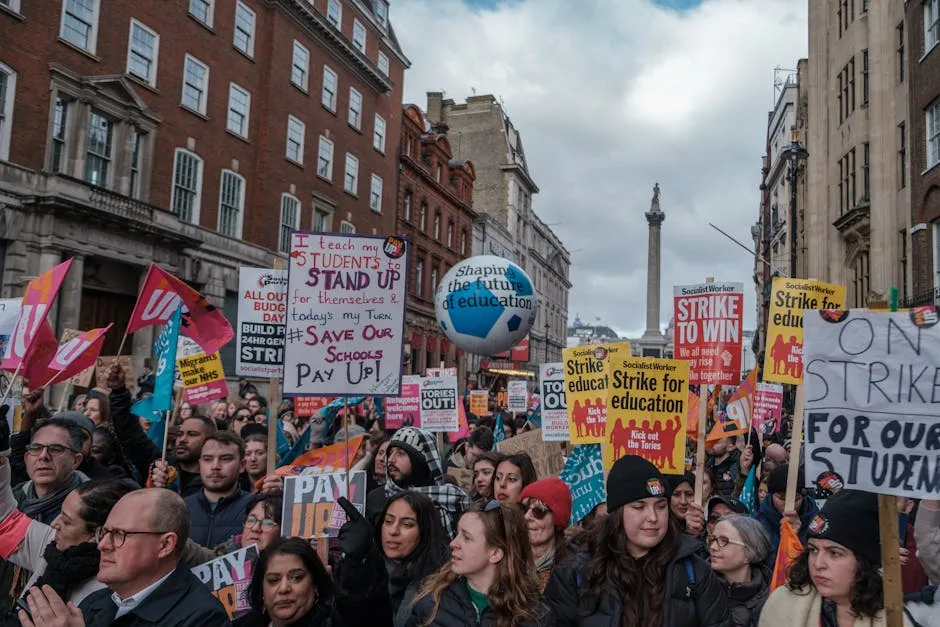
The Impact of the War
Casualties and Destruction
World War I led to staggering losses. Approximately 9 million military personnel died. Civilian casualties reached around 10 million. Trench warfare contributed to horrific conditions. Soldiers faced disease, injury, and psychological trauma in the trenches. This brutal combat style resulted in battles like the Somme and Verdun, with hundreds of thousands killed or wounded. The war left deep scars on European societies. Families were shattered, economies were devastated, and entire communities were affected. The long-term effects of this destruction reshaped life across the continent for generations.

To further explore the depth of this historical event, you could check out “1917” (Blu-ray). This film offers a gripping portrayal of the war’s challenges and sacrifices.
Political Changes
The war caused the collapse of several empires. The Austro-Hungarian, Ottoman, Russian, and German empires crumbled under the pressure. New nations emerged from their ashes, altering the map of Europe. The Treaty of Versailles, signed in 1919, imposed harsh penalties on Germany. It also set the stage for future tensions and conflicts. Many historians argue that the treaty’s punitive nature contributed to the rise of nationalism and resentment, leading to World War II. The political landscape changed dramatically, signaling the end of old orders and the birth of new ideologies.

To grasp the political ramifications of the war, consider reading “The War That Ended Peace” by Margaret MacMillan. This book explores the events leading up to the war and the political landscape that emerged afterward.
Social Changes
World War I significantly altered gender roles. With many men at war, women filled jobs in factories, offices, and fields. This shift began to change perceptions of women’s capabilities. The war’s impact extended into culture, influencing literature and art. Works like Erich Maria Remarque’s “All Quiet on the Western Front” highlighted the war’s horrors. Artists responded with powerful visuals reflecting the trauma experienced. These cultural shifts marked a turning point, paving the way for future movements advocating for equality and change in societal norms.

For those interested in the artistic reflections of the war, consider adding some Vintage World War I Posters to your collection. They serve as a powerful reminder of the era’s propaganda and artistic expression.
Conclusion
The causes of World War I are intricate and multifaceted. Nationalism, militarism, imperialism, and complex alliances created a volatile environment. The assassination of Archduke Franz Ferdinand ignited existing tensions, leading to declarations of war. This conflict reshaped nations and societies, creating borders that still influence global politics today. The legacy of World War I is profound, as it set the stage for future conflicts, including World War II. Understanding its causes is crucial for grasping the complexities of modern history. I encourage you to explore this topic further for a deeper appreciation of its impact.
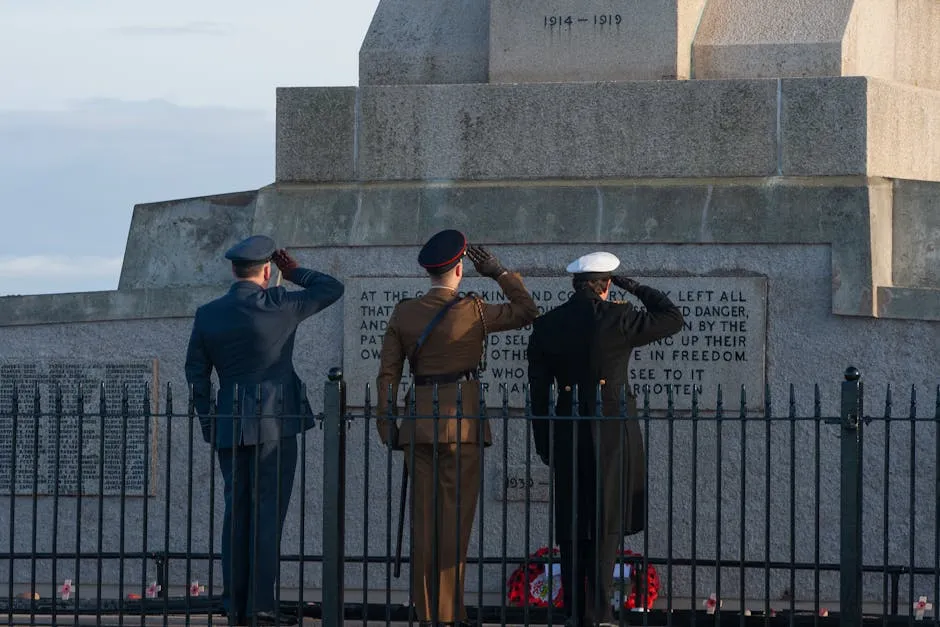
For a unique perspective on the war’s aftermath, consider reading “The First World War: A Very Short Introduction”. This concise guide provides insights into the war’s significance and lasting effects.
FAQs
What were the main causes of World War I?
Nationalism, militarism, imperialism, and intricate alliances interplayed to create a tense environment. National pride fueled competition, while military buildups prepared nations for conflict. Imperial ambitions heightened rivalries, and alliances ensured that a conflict could escalate quickly.
How did the assassination of Archduke Ferdinand lead to war?
The assassination on June 28, 1914, triggered the July Crisis. Austria-Hungary issued an ultimatum to Serbia, leading to a diplomatic standoff. When Serbia’s response was seen as inadequate, Austria-Hungary declared war, drawing in allied nations.
What role did alliances play in the outbreak of World War I?
Alliances created a domino effect during the crisis. Austria-Hungary’s declaration of war on Serbia prompted Russia to mobilize. Germany then declared war on Russia, pulling in France and subsequently Britain. This interconnectedness turned a regional conflict into a world war.
What were the consequences of World War I?
The war resulted in significant political changes, including the collapse of empires. Economically, it left many nations in ruins, and socially, it transformed gender roles and societal norms. The Treaty of Versailles imposed harsh penalties on Germany, creating lasting resentment.
How did World War I change the landscape of Europe?
The war led to major territorial changes, redrawing national borders. New nations emerged, and empires like Austro-Hungary and the Ottoman Empire dissolved. This reshaping of Europe laid the groundwork for future geopolitical tensions and conflicts.
Please let us know what you think about our content by leaving a comment down below!
Thank you for reading till here 🙂
All images from Pexels




